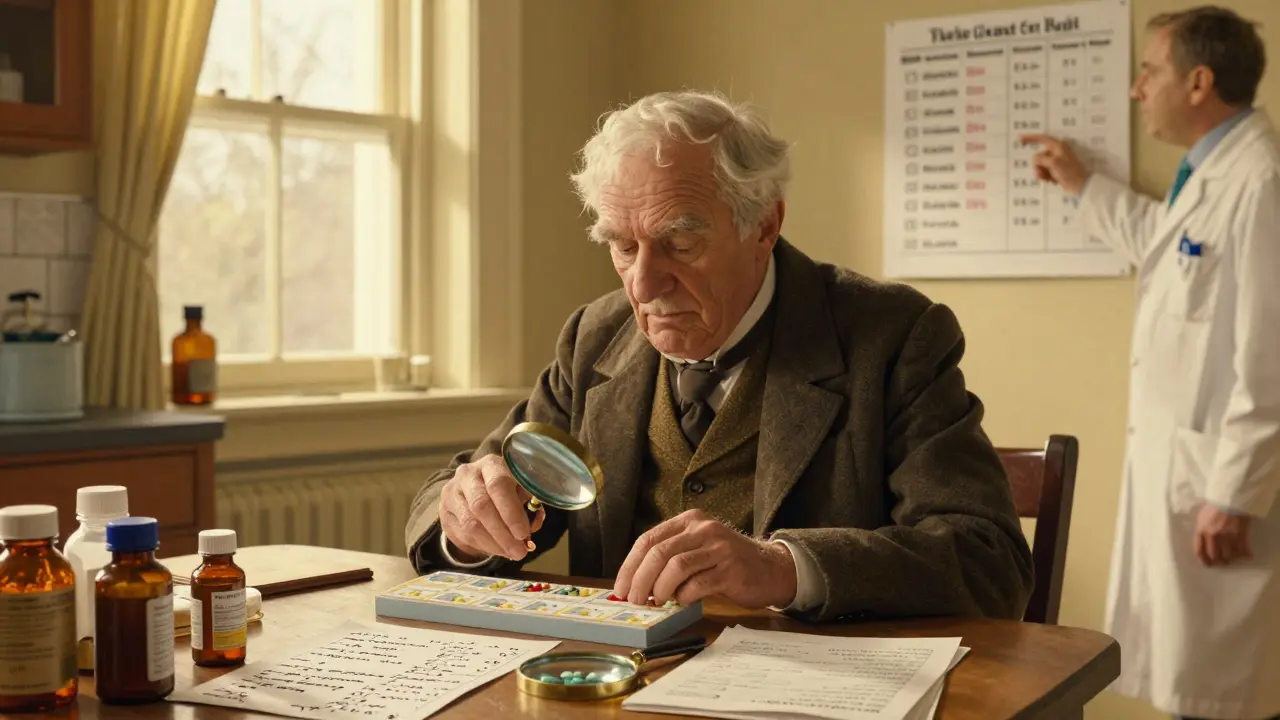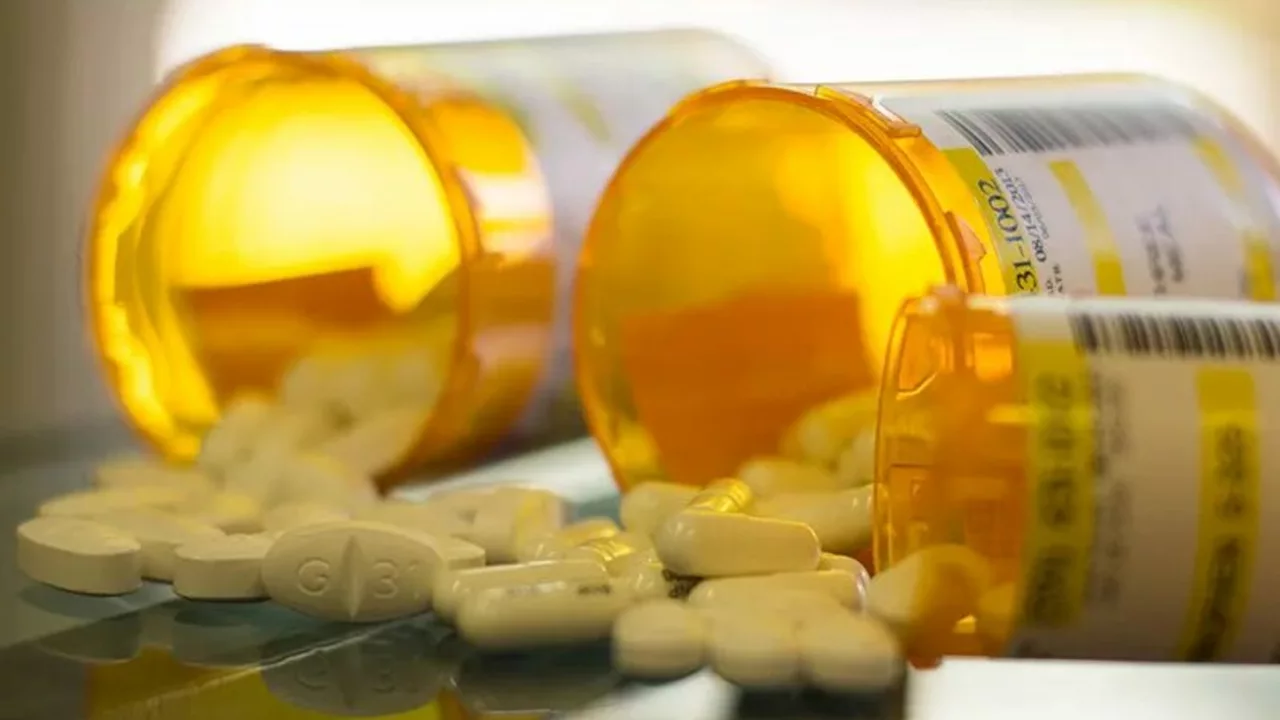Drug interactions can turn a helpful medicine into a dangerous mix in hours. You don’t need a pharmacy degree to avoid most problems — just a few habits that catch the common risks early. Below I’ll point out the biggest red flags and give plain, usable steps you can use right away.
Watch for these obvious trouble signs. They come up a lot and are easy to miss when you add a new pill, supplement, or even some foods.
- Blood thinners + NSAIDs: Drugs like clopidogrel (Plavix) or warfarin raise bleeding risk when combined with ibuprofen or naproxen. That means more bruising, nosebleeds, or worse internal bleeding.
- Antidepressants and sedatives: Combining trazodone with other serotonergic drugs (SSRIs, SNRIs, MAOIs) can trigger serotonin syndrome — confusion, fast heartbeat, sweating. Mixing sedatives with opioids or benzodiazepines can dangerously slow breathing.
- Heart meds + other heart meds: Metoprolol (Toprol XL) plus some calcium-channel blockers or certain antiarrhythmics can cause very slow heart rate or low blood pressure.
- Antibiotics and food: Tetracyclines and some other antibiotics bind to calcium in milk or antacids, cutting absorption. That means less effect when you actually need it.
- Supplements and birth control or antidepressants: St. John’s wort lowers levels of many prescription drugs, including some birth control pills (like Levlen) and antidepressants.
- Food offenders: Grapefruit juice affects enzymes that clear many meds (certain statins, calcium-channel blockers, some antivirals), causing higher drug levels and side effects.
- Smoking and certain antipsychotics: Stopping smoking can raise clozapine levels quickly, because smoke boosts the enzymes that break it down. That change needs dose checks.
- Carry one up-to-date med list: Include prescription drugs, OTCs, herbs, and supplements. Show it to every new provider or pharmacist.
- Use one pharmacy when you can: Pharmacists can spot dangerous mixes if they see your whole list.
- Check a reliable interaction checker: Sites like Drugs.com or your pharmacy’s tool will flag problems fast. Don’t trust only search results or forum posts.
- Ask specific questions: “Will this ibuprofen raise my bleeding risk with Plavix?” or “Does grapefruit affect this statin?” Direct questions get practical answers.
- Time your doses smartly: Some interactions are avoided by spacing medicines a few hours apart. Others require complete avoidance.
- Report new symptoms fast: Dizziness, fainting, severe headache, sudden confusion, trouble breathing, or unusual bleeding — call your provider or get urgent help.
You can manage drug interactions without stress by staying organized and asking simple questions. If something feels off after a new medicine or supplement, don’t wait — check with a pharmacist or doctor right away.

